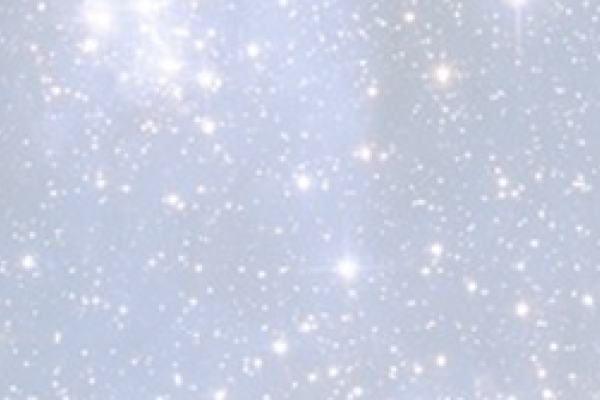
Thu, February 5, 2015
4:00 pm - 5:00 pm
2015 McPherson Laboratory
The Virgo Cluster of Galaxies
Laura Ferrarese (NRC/Herzberg Institute of Astrophsyics)
At a distance of 16.5 Mpc and with a gravitating mass of 4.2×1014 solar masses, the Virgo Cluster is the dominant mass concentration in the local universe, the centre of the Local Supercluster, and the largest concentration of galaxies within ~35 Mpc. With thousands of member galaxies lying at a nearly common distance and spanning virtually all known morphological types, it has historically played a key role in studies of how galaxies form and evolve in dense environments. It is, without question, the most thoroughly studied cluster of galaxies in the universe, and remains a preferred target for a systematic survey of baryonic substructures in the low-redshift universe.
In this talk, I will discuss recent results from the Next Generation Virgo Cluster Survey (NGVS) -- an optical imaging survey of the Virgo cluster carried out using MegaPrime at CFHT -- and related spectroscopic follow-up programs. In particular, I will present: a census of Virgo galaxies down to 3×105 solar masses (at 50% completeness, a limit that has traditionally only been reached in the Local Group), their luminosity function and halo occupation fraction; structural scaling relations for baryonic structures spanning a factor 10 million in mass and the relation between "giant" and "dwarf" galaxies; and the role of environment in the evolution of compact galaxies and ultra compact dwarfs. The second further known object in the Solar System will be thrown in the mix!
Some details about the NGVS can be gathered from the NGVS Survey Webpage.
Coffee & Donuts served at 3:30 in MP4045
